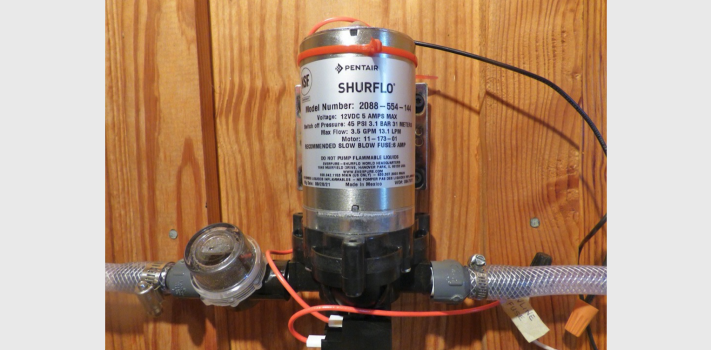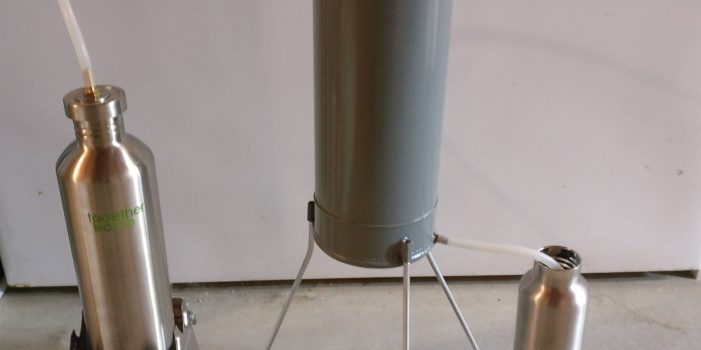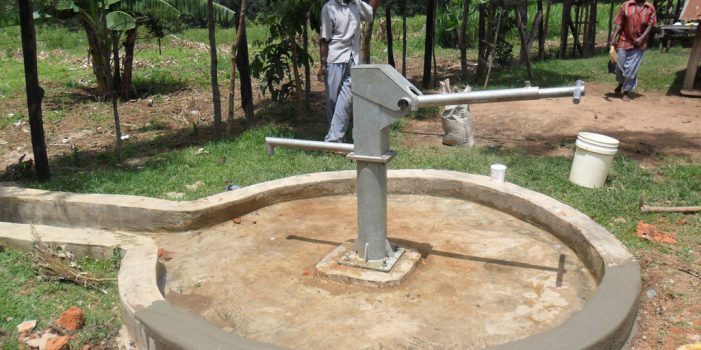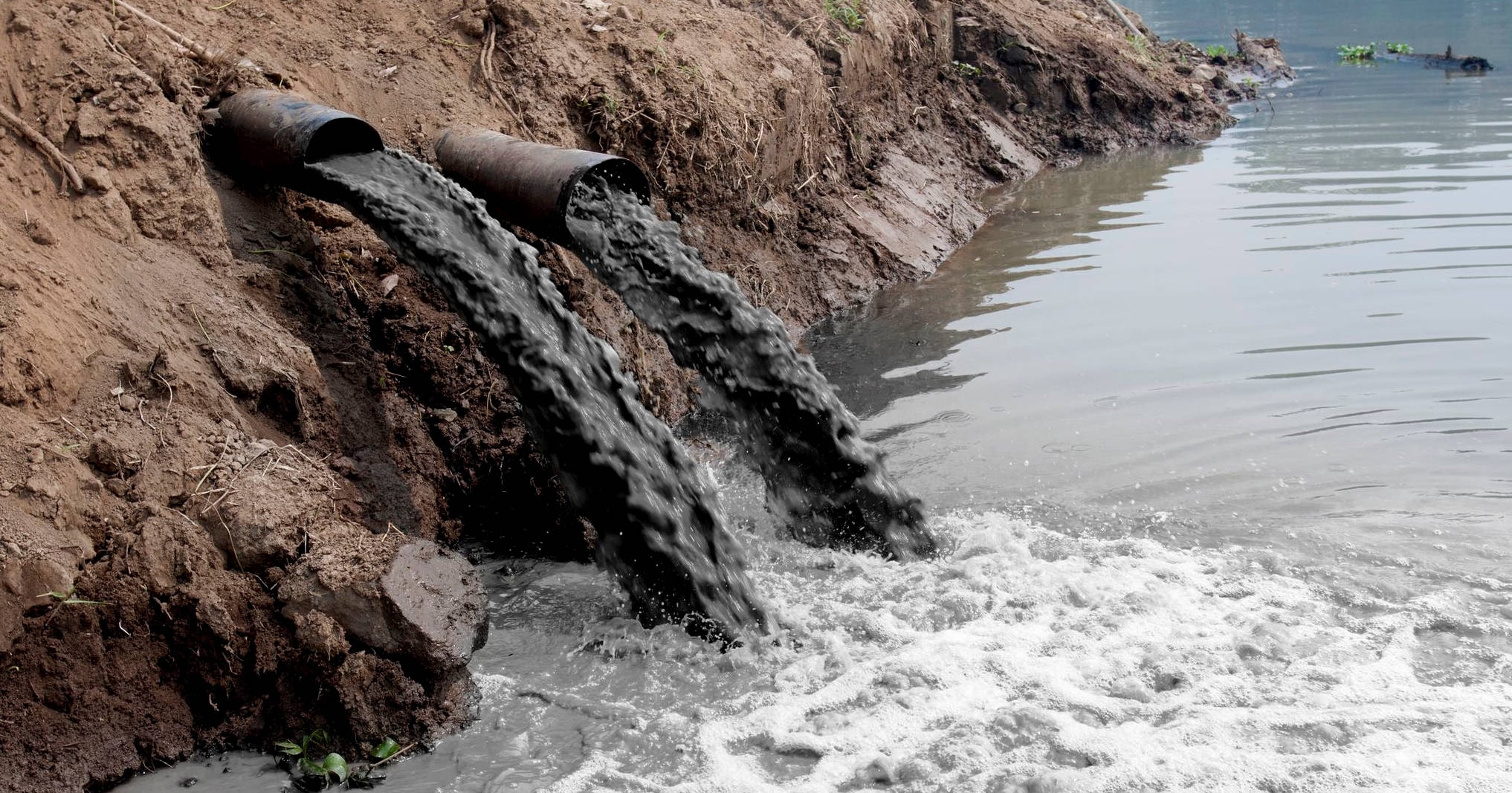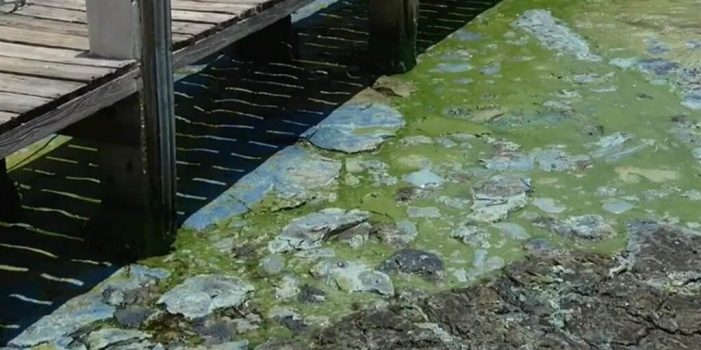Prepping? Water Above All Else!, by David R.
…water play is a temptation and leaving spigots open is common. You’d be surprised just how fast water can drain out of a 1,500 gallon tank. Get in the habit of using your rainwater, so that it’s part of who you are now, not just when an emergency arises. Conclusion Five years after installing my rain water collection system, I couldn’t be happier. My wife no longer lugs in store bought drinking water, and I no longer pay for it. More importantly, if it does hit the fan, I see those full tanks outside my home and know I can irrigate my garden, put water in my toilets (I have a septic system), see to our bathing needs and most importantly ensure my family will drink and cook with water that is as pure as nature intended it to be. Hit the fan if it must. We are water prepared!…

